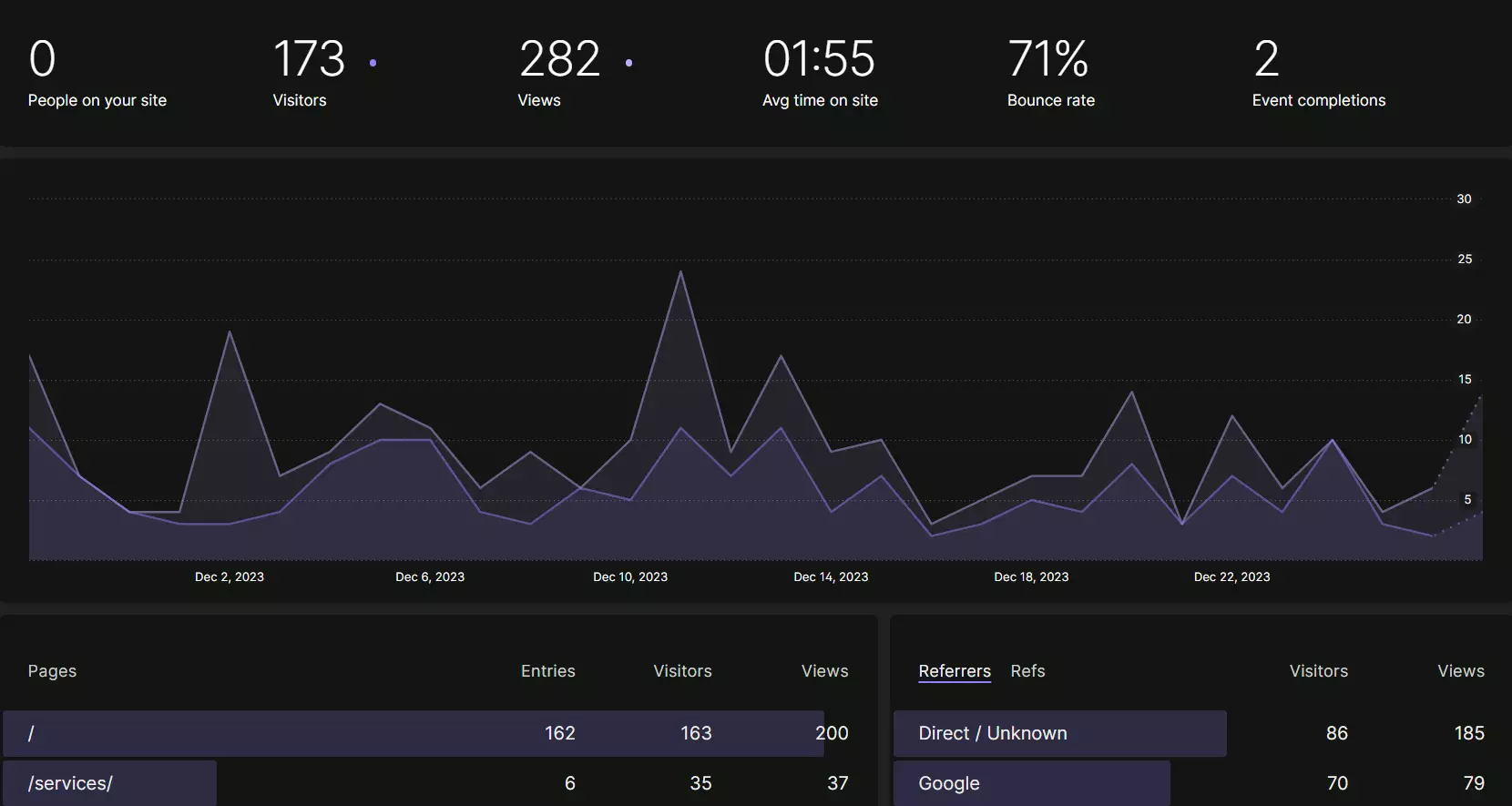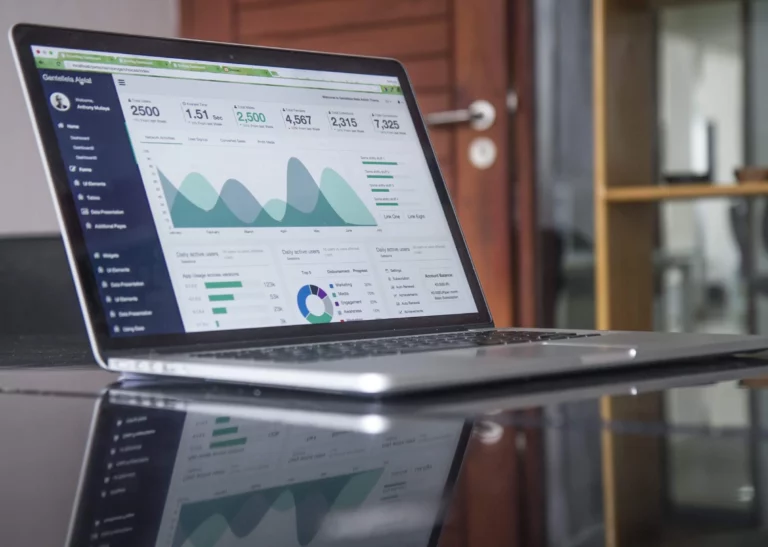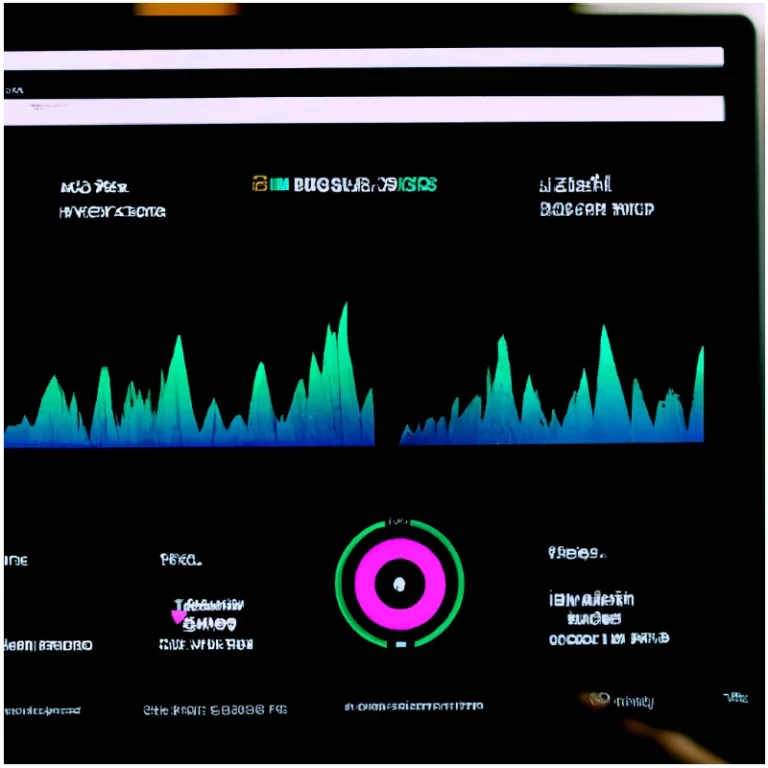Using Analytics: #1 Way to Understand Your Website
Introduction
Using analytics is essential for any business or organization with an online presence. It provides valuable insights into the performance of your website, allowing you to make data-driven decisions to improve user experience, increase conversions, and drive business growth. Despite its importance, many businesses struggle to fully utilize website analytics and understand how to effectively leverage the data it provides.
This comprehensive guide will walk you through everything you need to know about website analytics, from the basics to advanced techniques, so you can harness the power of data to optimize your website and achieve your business goals.
Understanding the importance of Using analytics
To fully grasp the value of using analytics, it’s important to understand why it is such a crucial tool for businesses. By analyzing the data collected through website analytics, you gain insights into how users are interacting with your site, what content they find valuable, and where they may be encountering obstacles. This information allows you to make informed decisions about your website’s design, functionality, and overall user experience. All industries using data analytics benefit from knowing their user’s behavior and their successful sources of traffic.
Additionally, website analytics can help you track the success of your marketing campaigns, measure the effectiveness of different channels, and identify areas for improvement. Ultimately, the ability to make data-driven decisions based on website analytics is key to optimizing your online presence, increasing conversion rates, and driving business growth.

Choosing the right website analytics tool for your business
Now that you understand the importance of using analytics, let’s dive into the process of choosing the right analytics tool for your business. With so many options available in the market, it can be overwhelming to determine which tool is the best fit for your specific needs.
Google Analytics
Google Analytics is a powerful tool that helps you track and analyze website data. With its extensive range of features, you can gain valuable insights into your website’s performance, user behavior, and marketing efforts.
Fathom Analytics
Fathom Analytics is a privacy-focused, simple-to-use Google Analytics alternative. Focused on user privacy and performance Fathom helps website owners monitor their site’s performance while respecting their user’s privacy.
Woopra
Woopra strives to provide analytics and reports that will help you understand who your customers are and how they behave across the lifecycle of their relationship with your business.
Setting up website analytics on your website
Setting up website analytics on your website is an essential step in gaining valuable insights into your online audience and their behavior. Most Analytics offer a similar initial setup.
1. Choose the right analytics tool: covered in the section above!
2. Sign up and create an account: Visit the website of your chosen analytics tool and sign up for an account. Follow the instructions provided to create your account and verify your website ownership. All hosted analytic tools will require an account as you are using their service.
3. Install the tracking code: Once you’ve created your account, you’ll receive a unique tracking code. Copy this code and paste it into the header or footer section of your website. This code enables the tool to collect data about your visitors.
4. Set up goals, conversions, or events: Define your goals for your website, such as newsletter sign-ups or product purchases. Use the analytics tool’s interface to set up goals and track conversions.
5. Customize your reports: Take advantage of the tool’s customization options to create reports that focus on the metrics and data that matter most to your business. This will help you gain insights that are relevant to your specific goals.
6. Test and monitor: After setting up website analytics, ensure that the tracking code is working correctly by testing it. Monitor your reports regularly to identify trends, patterns, and areas for improvement.
Simplify Your Online Success
We Take the Complexity Out of Hosting and Design. Ready to Simplify Your Digital Presence?
Interpreting and analyzing website analytics data
Now the fun begins!
Interpreting and analyzing website analytics data is a crucial step in making the most out of the insights obtained from your analytics tool. Once you have set up your account and implemented the tracking code, it’s time to dive into the data and extract meaningful information.

The first thing you need to do is familiarize yourself with the different metrics available in your analytics tool. These metrics include website traffic, page views, bounce rate, conversion rate, and many others. Understanding what each metric represents and how it relates to your business goals is essential to make informed decisions.
Next, start analyzing the data by identifying trends and patterns. Look for areas where your website is performing well and areas that need improvement. Are there particular pages or content that are resonating with your audience? Are there drop-off points in your conversion funnel? Analyzing these patterns will help you identify opportunities for optimization.
Don’t forget to set specific goals and track your progress. Whether it’s increasing website traffic, improving conversion rates, or reducing bounce rates, defining clear goals will help you measure the success of your efforts. Regularly monitoring your analytics reports and comparing them to your goals will provide insights into the effectiveness of your strategies and highlight areas that require further optimization.
Remember, using analytics is not just about collecting data; it’s about using that data to make informed decisions and drive growth. By interpreting and analyzing your website analytics data, you are equipped with the knowledge to optimize your website, engage your audience, and ultimately, achieve your business goals.
Using website analytics to improve user experience
Ensuring a seamless user experience is a critical aspect of any successful website. Website analytics can be a valuable tool in identifying areas where user experience can be enhanced. By analyzing data such as bounce rates, average session duration, and user behavior, you can gain insights into how users are interacting with your site and pinpoint areas for improvement.
One way to improve user experience is by optimizing page load times. Slow-loading pages can lead to high bounce rates and frustrated users. By analyzing your website using analytics data, you can identify pages with slow load times and take steps to optimize them. This could involve compressing images, minifying code, or utilizing caching techniques.
Another aspect to consider is mobile responsiveness. With the increasing use of mobile devices, it is crucial to ensure that your website is fully optimized for mobile users. Using analytics can provide data on the number of mobile users accessing your site, their behavior, and any potential issues they may be encountering. By addressing these issues, you can enhance the mobile user experience and increase mobile conversions.
Additionally, analyzing user behavior can help you identify any usability issues on your site. Are users struggling to find what they are looking for? Are there any roadblocks preventing them from completing a desired action? By understanding the user journey through your site, you can make necessary adjustments to improve navigation, streamline processes, and ultimately, enhance the overall user experience.
Utilizing website analytics for effective marketing strategies
In addition to improving user experience, website analytics can also play a vital role in developing and implementing effective marketing strategies. By analyzing the data provided by analytics tools, you can gain valuable insights into your audience, their preferences, and their behaviors, which can inform your marketing efforts.
One way to leverage website analytics for marketing purposes is by understanding the sources of your website traffic. Analytics data can reveal which channels are driving the most traffic to your site, whether it’s through organic search, social media, email marketing, or paid advertisements. By identifying the most effective channels, you can allocate your marketing resources accordingly and optimize your campaigns for maximum impact.
UTM (Urchin Tracking Module) parameters are tags added to URLs for tracking and analyzing website traffic in analytics tools. They allow you to track the source, medium, campaign, and other parameters of a URL and provide valuable insights into the effectiveness of your marketing efforts. They are widely used in digital marketing to measure the success of different marketing campaigns and channels.
For example, a URL with UTMs might look like this:
https://example.com/page?utm_source=facebook&utm_medium=social&utm_campaign=summer_saleThe main components of UTM parameters include:
- Source (utm_source): This indicates the origin of the traffic, such as the platform or website where the link is placed (e.g., Google, Facebook, newsletter).
- Medium (utm_medium): This describes the type of traffic or marketing medium, such as email, social media, or CPC (cost-per-click) advertising.
- Campaign (utm_campaign): This identifies the specific campaign or promotion associated with the link. It helps distinguish different marketing initiatives within the same source and medium.
- Term (utm_term): This is typically used for paid search to identify the keywords associated with a particular ad.
- Content (utm_content): This parameter is often used to differentiate between different elements within the same campaign, such as different ad variations or links.
Accurately utilizing these tools can greatly assist in determining the sources of your website traffic. Are your paid advertisements yielding results, or is the majority of your traffic originating from an aged Facebook post? Employing UTMs while using analytics is the most straightforward method for discerning the most effective course of action.
Using analytics to boost your website
The power of website analytics cannot be overstated. It is an invaluable tool for businesses looking to drive growth and make data-driven decisions. By regularly monitoring your analytics data, setting specific goals, and being open to experimentation, you can maximize the benefits of this powerful tool.
Website analytics provides you with insights into your website’s performance, user behavior, and the effectiveness of your marketing initiatives. It allows you to identify trends, patterns, and areas for improvement, enabling you to make informed decisions that align with your business objectives.
Additionally, leveraging the power of data visualization can make it easier for your team and stakeholders to understand the insights and make data-driven decisions. By creating visually appealing and easy-to-understand reports, you can effectively communicate the impact of your marketing efforts.
So, don’t underestimate the power of website analytics. Embrace it, use it wisely, and stay proactive in analyzing and optimizing your marketing strategies. By doing so, you’ll be on the path to achieving tangible results and driving business growth.
Embracing the Power of Website Analytics is important for your business and its website. However, I do believe that respecting your customer’s privacy is also important. I decided to move away from Google Analytics. I am currently using Fathom and if you would like to read more as to why check out my post Fathom: Why I Chose It For My Website Analytics (And You Should Too)







